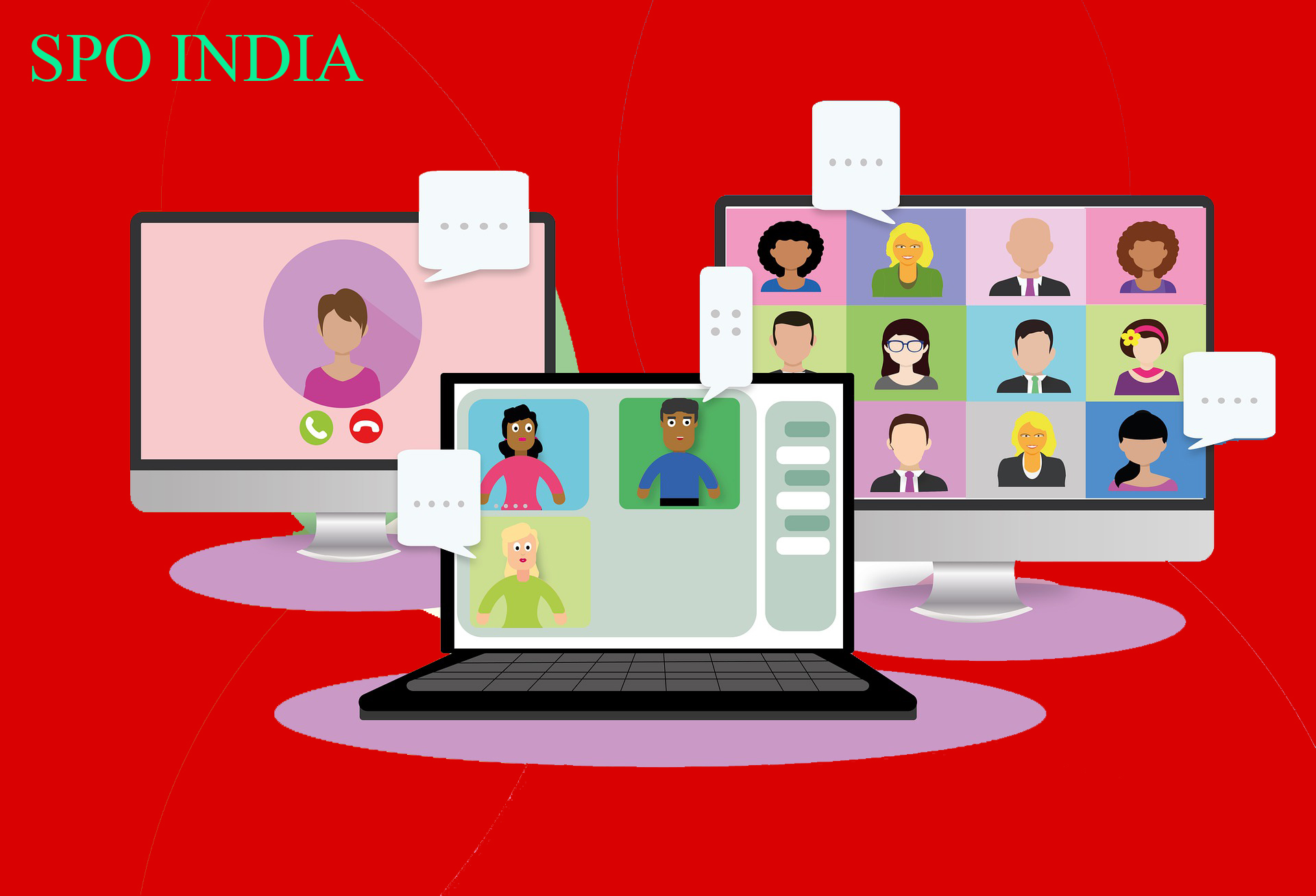Today working from home has become an accepted corporate culture, giving rise to security challenges across industries. There is a huge surge in data traffic on telecom networks in the previous years and even more so in the last few months. The Indian telecom industry has come a long way and is undergoing a transformational shift, with the total data usage in India per month has today reached 8126 PB with the price of 0.26 dollar per GB in India which is 33 times lower than the global average. As a result of such an affordable price and high data usage, telecom has become the mainstay of the economic growth of the country.
At one side there is huge consumption of technology products and solutions to meet the immediate demand and enterprises are waking up to the importance of cybersecurity, with rising demand for cybersecurity services among businesses. Many startups are working towards bringing artificial intelligence into the field and securing companies with their endpoint security. AI and ML-driven technologies ensure that the customers are equipped with necessary tools and technologies to fight against the complicated threats, known or unknown; and bring down the cost of ownership. The key ingredient to our approach is enhanced visibility into the enterprise. “Improved visibility in the cloud means precise, actionable intelligence, as well as more efficient and proactive management of resources.
Going forward, the Cloud has changed security cloud adoption which has fundamentally changed the IT landscape and will continue to do so as we move into 2021. Despite a global economic slowdown, and the severe impact on travel in particular, the gross merchandise value of the regional internet economy has held steady at an estimated 100 billion dollars in 2020, and is expected to surpass 300 billion dollars by 2025.
A report says, Southeast Asians navigating the coronavirus pandemic are using the internet in more ways and on a larger scale than ever before. Since the beginning of the year, 40 million people in Southeast Asia have connected to the internet for the first time (as compared to 10 million in 2019 and 100 million between 2015 and 2019). With technology providing vital access to online shopping, food, healthcare, education, finance and entertainment, more than one in every three digital service consumers started using a new type of online service due to COVID-19 and of those new digital consumers, 9 out of 10 plan to keep using at least one digital service beyond the pandemic.
Threats have increased exponentially and many had job loss during these days which has also spiked to the next level for them to survive and what is the threat landscape at present? What we see is that there are nation state actors who are involved in espionage operations and also financially motivated crime and frauds. There is targeted ransomware which is available as a service, destructive malware, remote login, credential stealing memory executable ports – attacks which are increasing, also on the increase is the distributed denial of service attacks frequency. With the entry of IoT, the attacks have also increased. Also, there is an observation on traffic, the internet traffic being hijacked. On the crime side, the ecosystem is demonstrating extreme flexibility in terms of the tactics, techniques, procedures they use and are able to change their course mid campaign to achieve their objectives.





